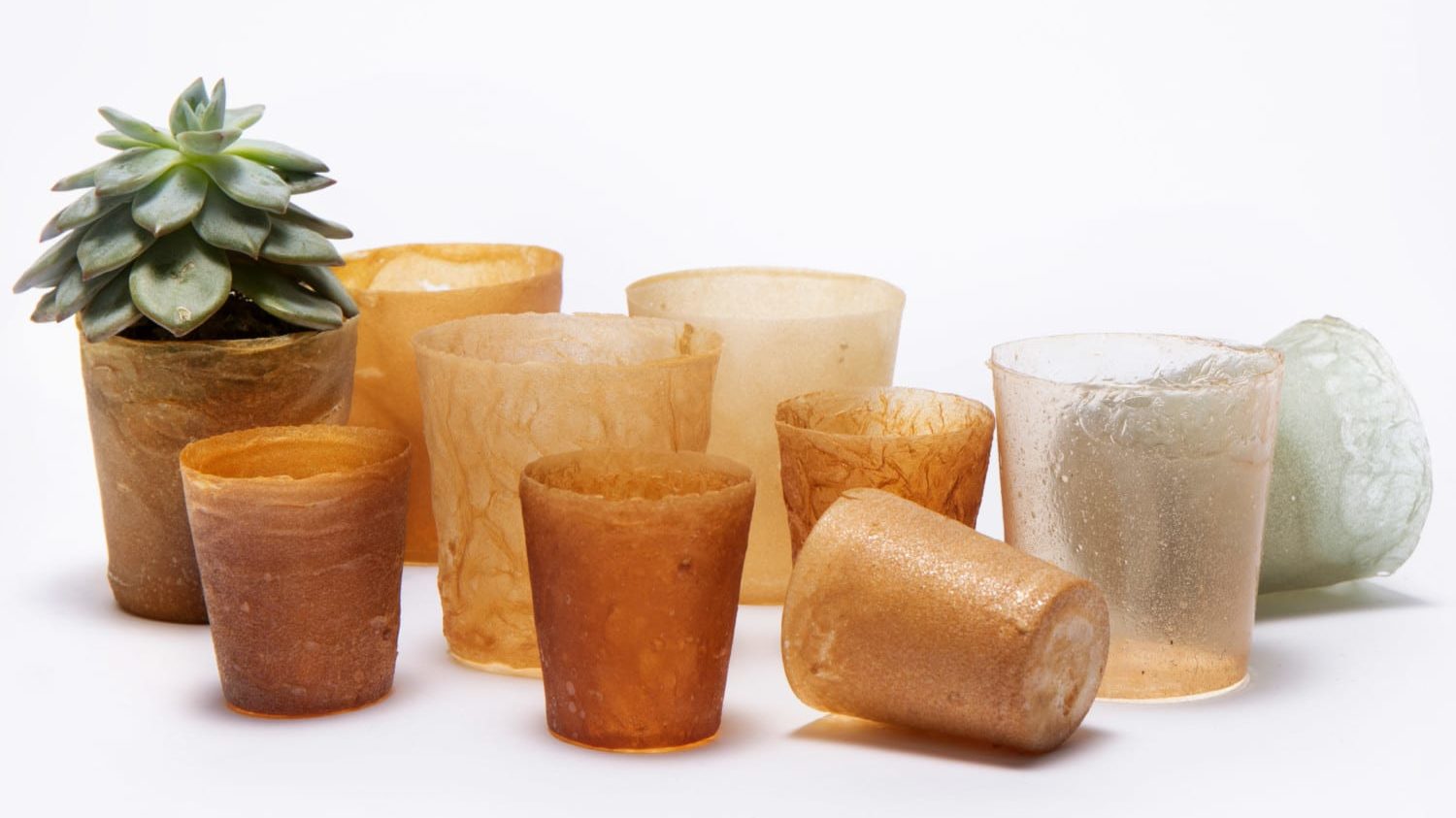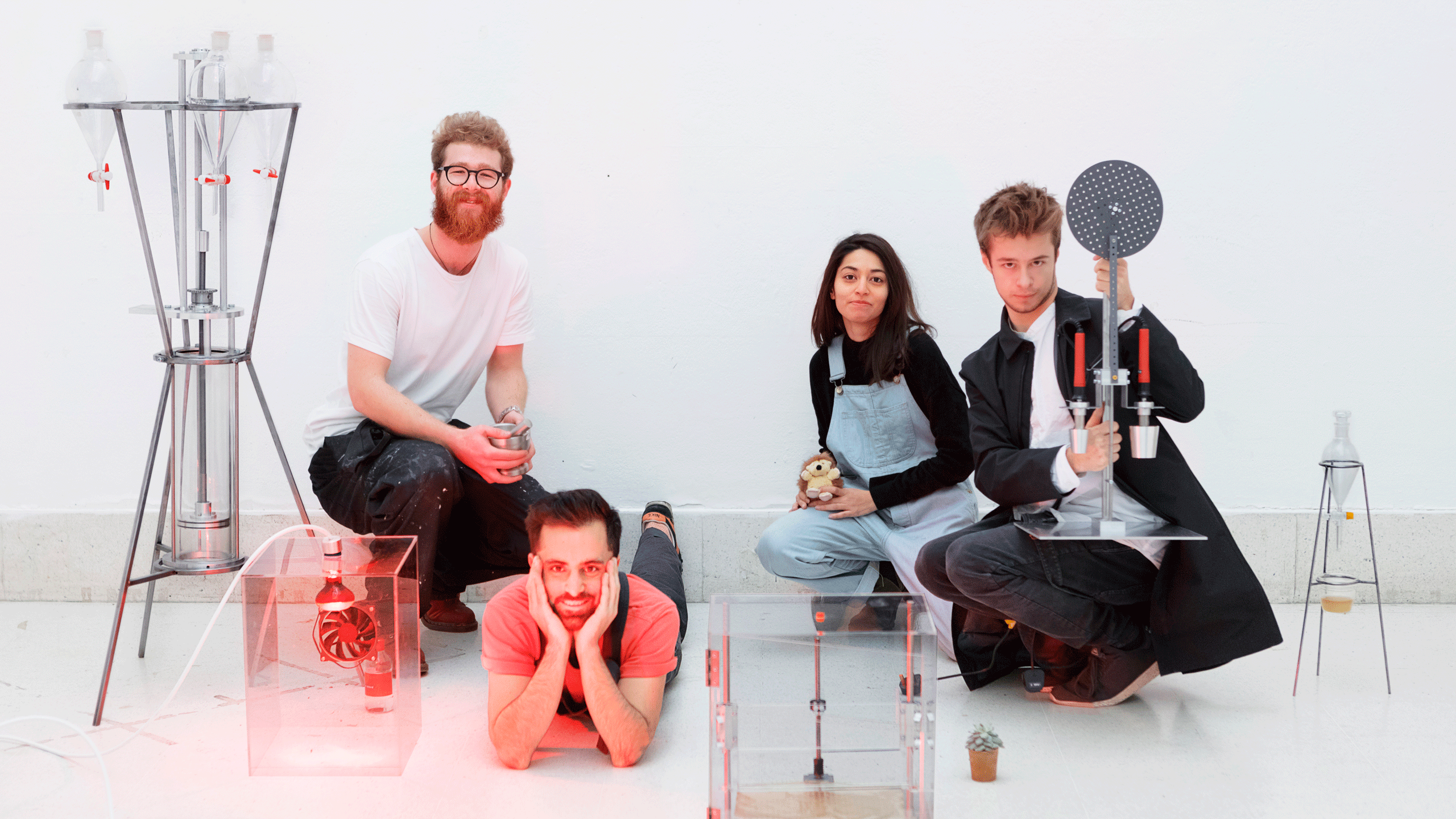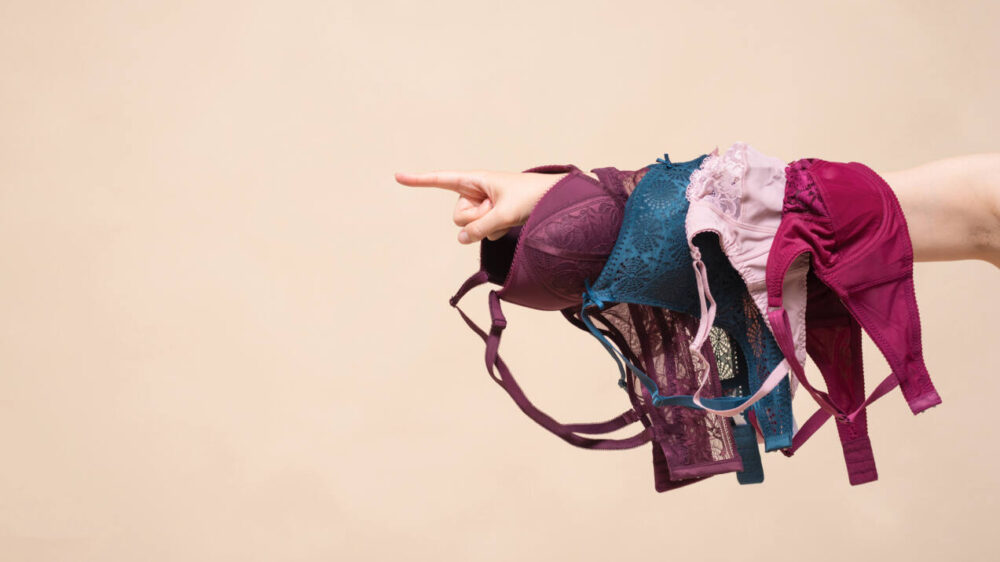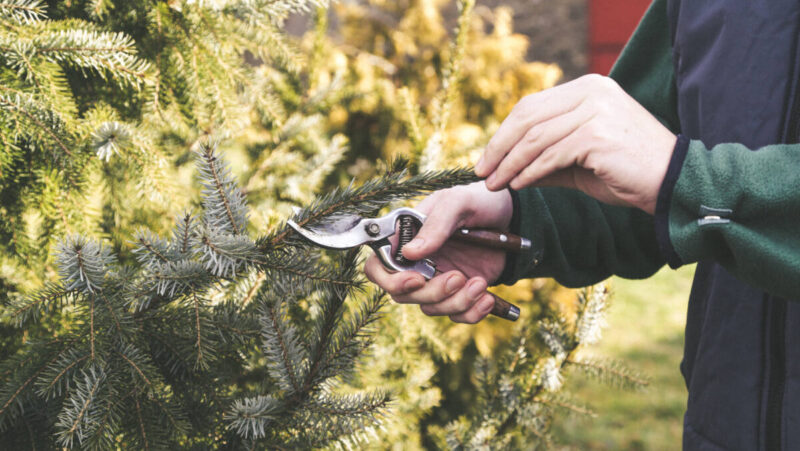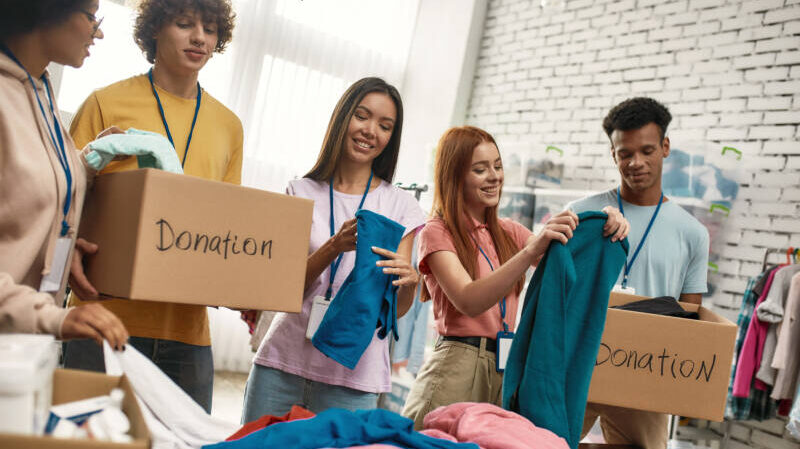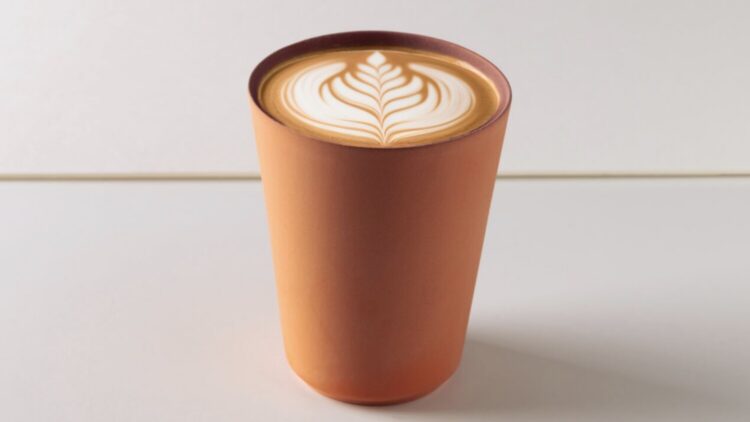These machines can turn seafood waste into recyclable objects
If you’ve been worried about the environmental consequences of constantly using and tossing single-use plastics, take note — technology might be the solution after all.
A group of grad students in London has created a series of machines designed to turn lobster shells and other seafood waste into a recyclable, biodegradable alternative to plastic. This raw material can provide a versatile and sustainable alternative for packaging, storage and even fertilizing.
The material itself is called chitin. It’s a fibrous substance that makes up the structure of the exoskeletons of crustaceans such as lobsters. You can also find it in the cell walls of fungi. In the case of these brilliant students and their recycling machine, it’s being mixed with vinegar to create a bioplastic comparable to the commercial form of chitin, which is called chitosan.
Chitin has to be chemically extracted before it can be used for the same type of application as plastic, which is an expensive process. Enter the Shellworks team, Ed Jones, Insiya Jafferjee, Amir Afshar and Andrew Edwards, who created five machines that do just this. Check out their video of the process:
The machines have cute names like Shelly, Sheety, Vaccy, Dippy and Drippy, which also describe (briefly, anyway) what they do. Shelly draws chitin out from the seafood waste. Sheety turns the material into flat sheets using heat and wind. Vaccy uses steam to make the material flexible so it can be formed over a mold. Dippy is a heated dip molder, which turns the chitin solution into 3-D forms. Drippy is a hydro-recycler, and can turn the dried bioplastic back into a liquid.
The group told Dezeen that they hope this process makes the bioplastic more accessible to designers.
“By designing scalable manufacturing processes, applications tailored to the material, and eco-positive waste streams,” they said, “we believe we can demonstrate how chitosan bioplastic could become a viable alternative for many of the plastic products we use today.”
Shellworks isn’t the only group trying to make a difference by shifting our economy to bioplastics. The Plastics Industry Association says bioplastics make up one of the fastest growing sectors in the plastics industry.
In fact, experiments by both small operations and big corporations are ongoing on materials like algae, cornstarch, rice, waste frying oil and many others. One company, NatureWorks LLC, is actually turning greenhouse gases into polylactic acid polymers as food service ware. Alternatives are becoming more and more common. Even LEGO is getting into the act with a line of LEGOs made from sugarcane-sourced bioplastic.
Soon, we might be replacing much of our plastic with all sorts of earth-friendly alternatives!


